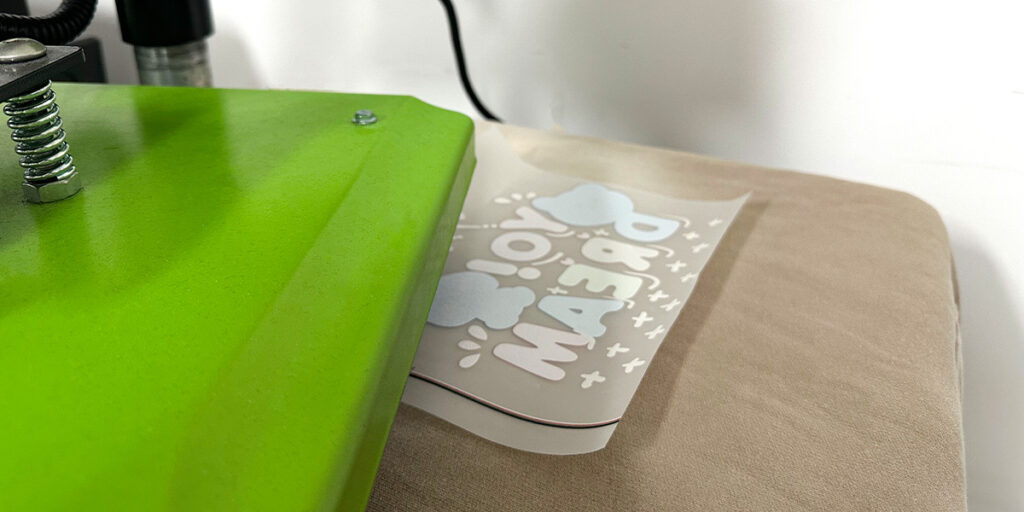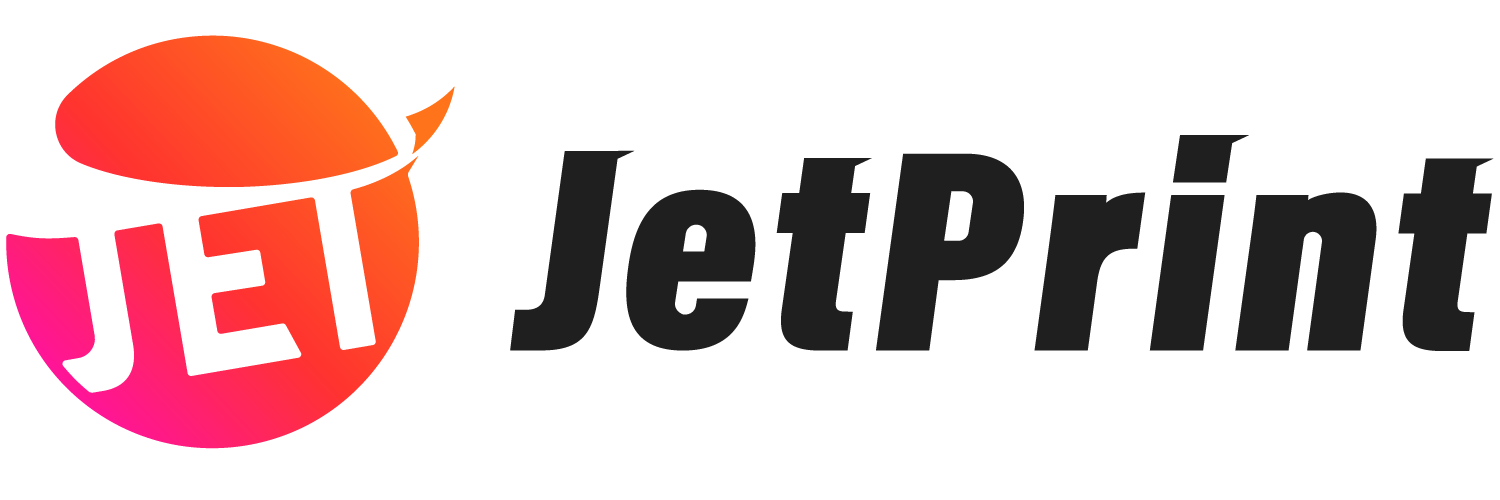This article delves into the question, “What is DTF transfer?”DTF printing offers businesses a way to enhance their prints with captivating graphics, helping them stand out. It is important not to confuse the difference between DTF and DTG printing methods.
What is a DTF Transfer?
DTF transfer, the abbreviation of direct film transfer, entails the use of a heat press to transfer designs directly from a specialized film onto fabrics such as garments, textiles, and other surfaces.
What is needed for DTF printing?

1. *DTF printer: The primary equipment used for printing patterns onto transfer films.
2. *Transfer film(PET film): PET film serves as the carrier of the pattern, and the DTF printer prints the design onto the film. The principle is akin to printing text on A4 paper with a standard printer.
3. *Heat press machine: Employed to transfer the printed pattern from the film onto the desired substrate.
4. *DTG ink: DTF ink comprises CMYK ink (four colors), white, and black ink. The white ink serves as the foundation of the design, rendering the DTF process suitable for both light and dark fabrics.
5. *Hot-melt adhesive powder: A white granular powder utilized to aid in the ink’s firm adhesion to the surface of the printed object during the heating process.
6. Curing oven: Melt the powder to form the transfer film. Alternatively, it’s better to use a heat press in non-contact mode.
7. Automatic powder shaker: Used to remove excess adhesive powder and evenly apply the powder onto the transfer film.
How DTF transfer works?
Melt the powder to form the transfer film. Alternatively, it’s better to use a heat press in non-contact mode.
DTF (direct transfer to film) works by printing the image onto a special PET film and then using heat to transfer it to fabric or other surfaces. Here’s a step-by-step overview of the process:
1. Printing: The image is printed onto the PET transfer film using a DTF printer, typically with white ink as the base layer.
2. Powdering: After printing, hot melt adhesive powder is applied to the wet ink on the film. This powder will adhere to the ink.
3. Removing excess adhesive: Use an automatic powder shaker to remove and evenly apply the powder to the transfer film.
4. Curing: The powder-coated film is cured using heat (usually in a curing oven) to activate the adhesive powder.
5. Transfer: The cured film is placed on the fabric or surface to which the image is to be transferred. Using a heat press, the film is pressed onto the fabric at a specific temperature and pressure.
6. Peeling: Once the transfer is complete and the film has cooled, peel off the PET film, leaving the ink and adhesive attached to the fabric.
Advantages of DTF printing

- Versatility
It can be used on various fabrics, including cotton, polyester, blends, and even leather.
- Durability
DTF prints boast resistance to fading, cracking, and peeling.
- No need to pre-treat garments
The printing process entails transferring ink from a carrier film directly onto the fabric without pre-treating the fabric surface.
Disadvantages of DTF printing
- The pattern area will feel plastic to the touch.
Due to the adhesive used in DTF printing to bond the ink to the surface, forming a thin film of adhesive.
- DTF printing has less color vibrancy than sublimation.
In DTF, the ink doesn’t bond as deeply to the fabric as in sublimation, where the ink is turned into a gas that penetrates the fabric fibers, creating a vivid and lasting bond.
Conclusion
In summary, DTF transfers are an innovative and advantageous printing method that offers significant benefits for customizing apparel and products. Their ability to print on a variety of materials, deliver vibrant colors, and produce long-lasting prints makes them a popular choice for creators and businesses.
Whether you’re looking to expand your product offerings or explore new creative possibilities, DTF transfers provide a reliable and high-quality solution. Adopting this technology can open up new opportunities for customization and help you stand out in a competitive market.
FAQ
What is the difference between DTF printing and DTG printing?
Related articles: DTF Printing vs. DTG Printing
Is DTF printing suitable for all types of fabrics?
Yes, DTF printing is versatile and can be applied to a variety of fabrics, including cotton, polyester, blends, and even leather.
Does DTF print last long?
The durability of DTF transfers depends on factors such as ink quality, material type, and care procedures. DTF prints can withstand repeated washing, often exceeding 60 cycles. To prolong the service life of the DTF transfer, it’s advisable to turn the garment inside out during washing to prevent direct exposure of the pattern to UV rays.


0 Comments